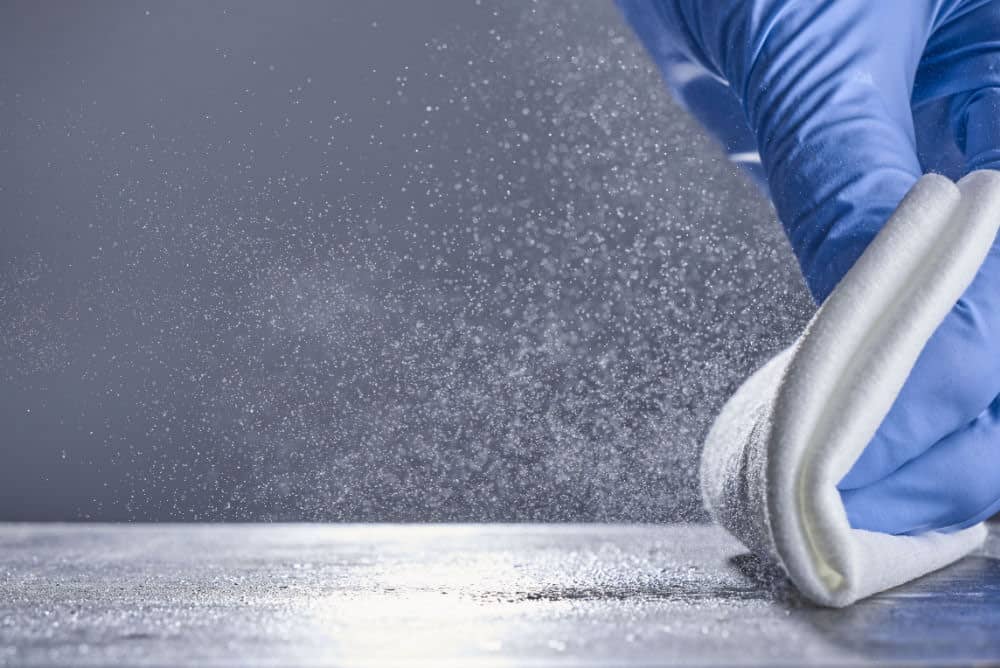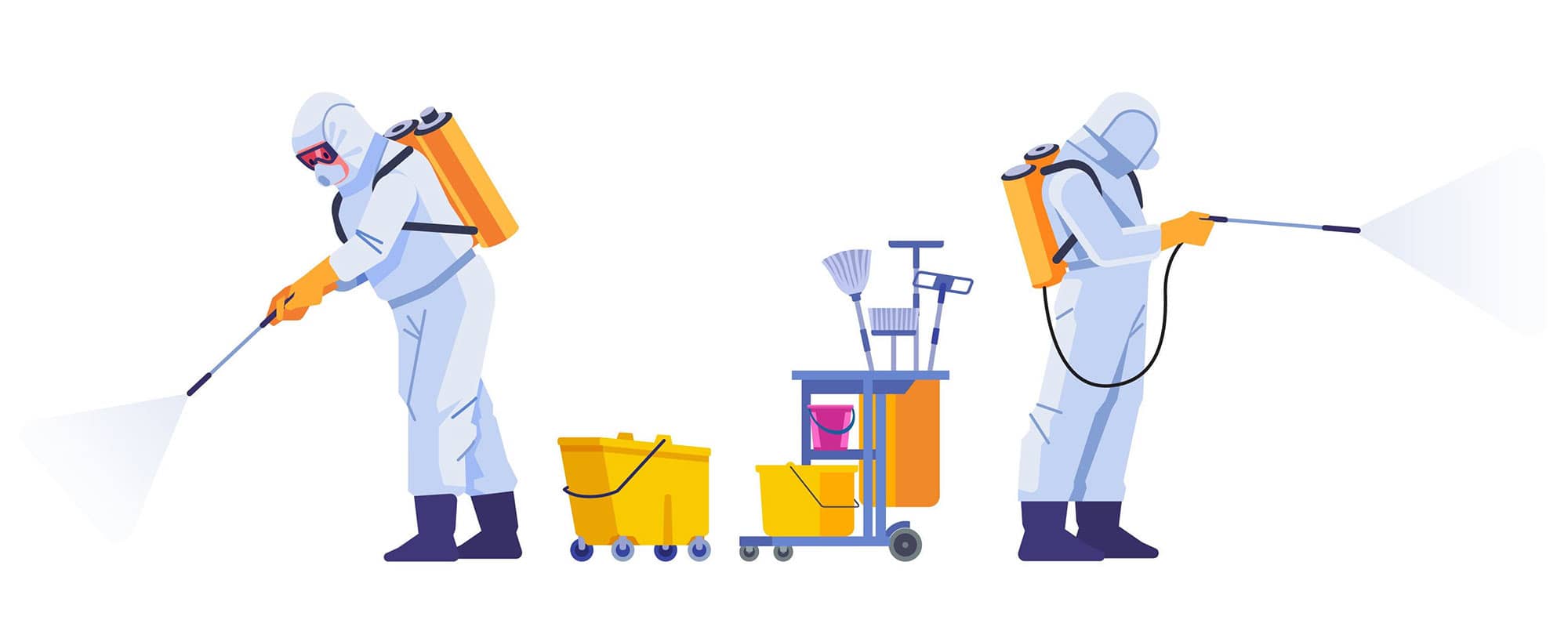What if you could disinfect surfaces using only water and electricity? It’s not science fiction; the Aerogen project is doing just that. University of Malta’s researchers are helping fight bacteria with just a dash of modified water vapour.
A team of researchers composed of Prof. Ruben Gatt, Dr Jefferson De Oliveira Mallia, Dr Sholeem Griffin, and Ms Clara Buttigieg from the University of Malta’s (UM) Metamaterial unit are studying an innovative way of disinfecting surfaces without using traditional chemical disinfectants. Contemporary technological solutions which do not employ chemical disinfectants include non-thermal plasma technologies. These use liquid water and air (or other gases) to produce plasma-activated water. Alternatively, the Aerogen technology employs non-thermal plasma-activated aerosols. This is essentially a modified form of water vapour that has undergone a molecular transformation, rendering it exceptionally powerful against harmful microbes. Besides being effective as a disinfectant, its production does not generate any harmful substances, as opposed to current chemical alternatives, which can produce toxic byproducts.
‘Creating this aerosol doesn’t require any prior chemical treatment,’ tells Prof. Gatt, Professor at the Metamaterials unit and the Centre of Molecular Medicine and Biobanking at UM. ‘It starts with water vapour, which passes through high voltage, resulting in the breakage of some water molecules. These fragmented water molecules rearrange to create substances with an antimicrobial effect’. Aside from its efficiency as an antimicrobial agent, the aerosol has an edge as a green technology. ‘There’s a part of the project concerned with water usage,’ explains Dr Oliveira Mallia, a research support officer and key expert. ‘With non-thermal plasma activated water, you would need a big volume of water to disinfect something. For the same amount of liquid, an equally treated aerosol covers a bigger space because it’s easily spread.’

A Versatile Disinfectant
Calling it ‘non-thermal plasma’ is not a random scientific designation. In physics, plasma is defined as a state akin to gas with a higher presence of charged particles. Like other states of matter, plasma can be found naturally in our universe – in fact, it’s common in the stars. It can, however, also be created in a lab with thermal plasma, usually associated with fusion reactions. In thermal plasma, both electrons and nuclei are very hot. By contrast, in a non-thermal or cold plasma, it is only the electrons that are in a high energy (and hot) state, while the rest of the atom is not. This type of plasma is used for skin treatments in medicine, for example. Furthermore, the aerosol developed by Aerogen’s researchers becomes effective against microbes thanks to these plasma-activated substances.
This aerosol is quite versatile. The general concept behind it applies to a great range of situations. ‘It needs further study, but the aerosol might be used in the food industry as well,’ adds Dr Sholeem Griffin, research support officer and key expert. ‘It could also potentially be used in agriculture instead of pesticides, which can cause harm even to the consumer. A short time after we spray this compound, it reverts to a harmless substance.’ In stark contrast, other antimicrobial treatments, such as those found in some pesticides, may permeate the soil and affect drinkable water, creating environmental hazards and risks to human health.
Rigorous Research
Aerogen’s lab trials also need to adhere to European Standards. These standards demand strict testing of disinfecting agents. Moreover, disinfectant must be tested according to the amount of time it needs to be in contact with the cleaning surface. These rules are stipulated according to Standard Operating Procedures dictated by the EU to guarantee food and health safety. Any item labelled as a disinfectant must comply with certain thresholds, which translate to the strength of the product.
At this point in the research, the team has a working prototype for a machine capable of creating a non-thermal plasma-activated aerosol. The product is highlighted as a green alternative to current disinfectants, both in the absence of dangerous waste in its production process and in its low water usage. The next steps are continuing research to validate current results and further analyse the produced aerosol. If it proves as effective as lab results indicate, it would be awful news for bacteria. If those single-cell organisms were ever capable of fearing something, they should fear Aerogen!
The Aerogen project was funded by the Malta Chamber for Science and technology under the Research excellence programme, grant number REP-2022-013.





Comments are closed for this article!